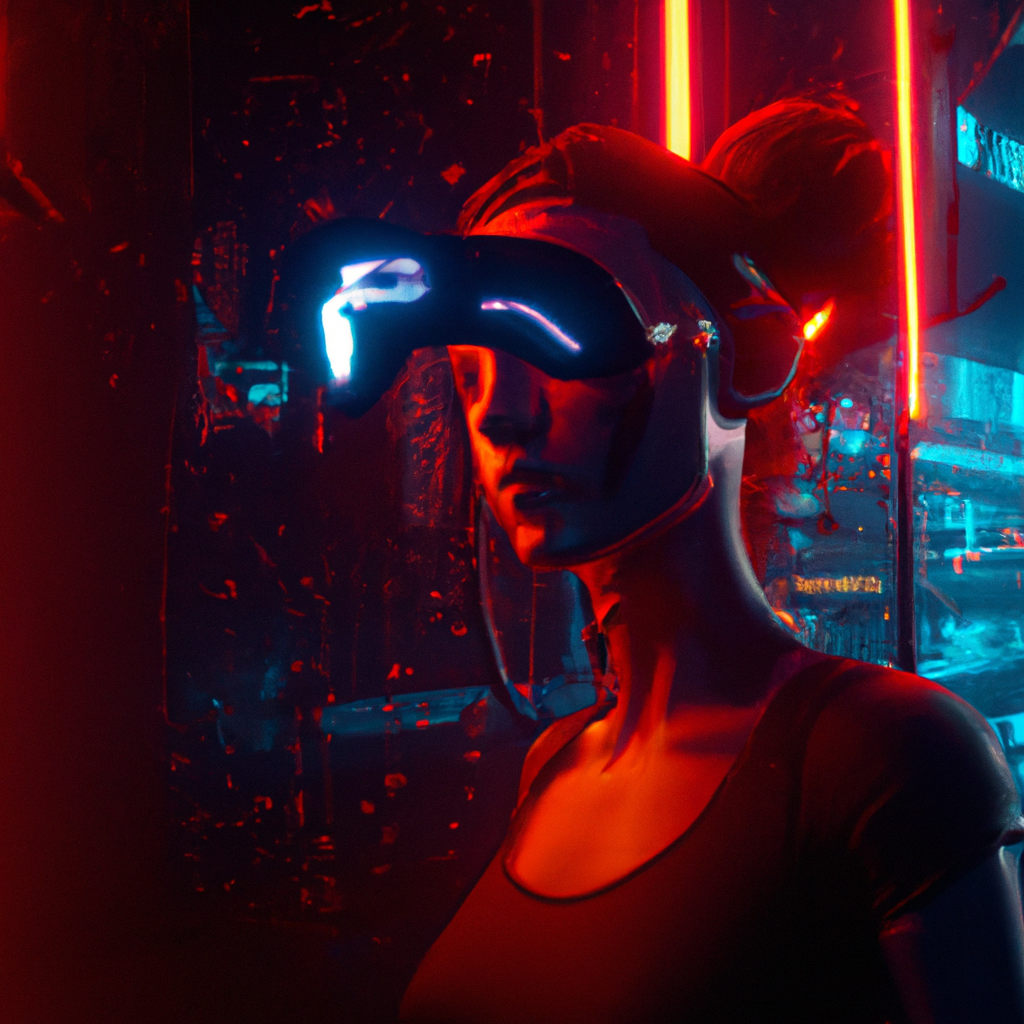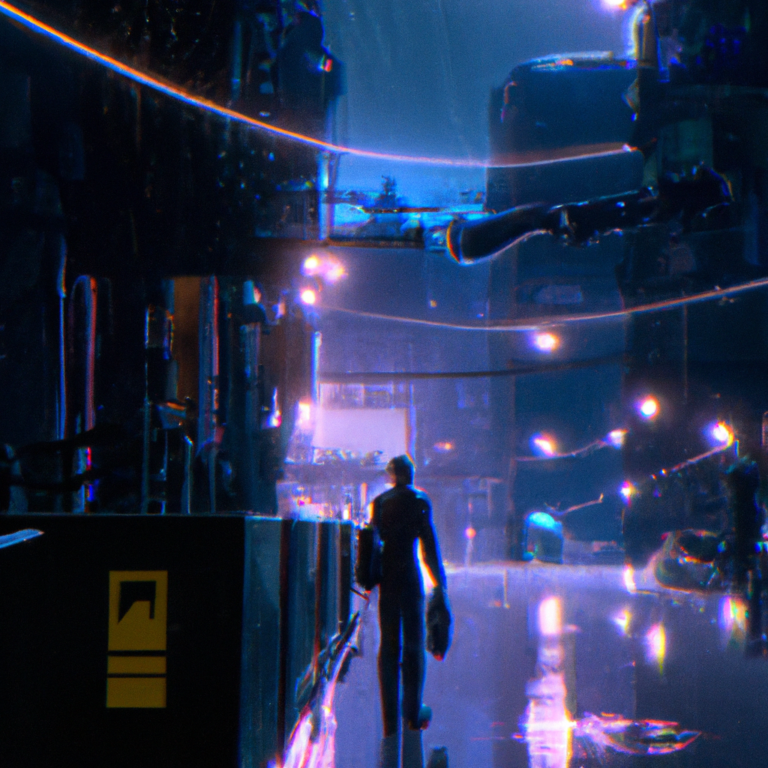“Unlocking Infinite Possibilities: The Future of Game Development with Virtual Reality”
Virtual reality (VR) has been making waves in the gaming industry for the better part of the last decade. While the technology has been around in some form or another since the 1960s, recent advancements have allowed for a more immersive and engaging experience than ever before. As VR becomes more accessible to the average consumer, game developers are quickly realizing the potential of this technology and are exploring new ways to create unique and unforgettable gaming experiences. In this blog post, we will dive into the potential of VR in game development and discuss some of the exciting ways developers are utilizing this technology to enhance their games.
One of the primary advantages of virtual reality is the level of immersion it offers. Unlike traditional gaming experiences, where players are limited to a 2D screen, VR allows players to fully immerse themselves in the game world. This increased level of immersion can lead to more engaging and enjoyable experiences, as players feel more connected to the game environment and its characters. For example, horror games can be far more terrifying when players feel as though they are truly inside a haunted house or being chased by monsters in a dark, creepy forest.
Another exciting aspect of VR is its ability to provide a more intuitive and natural interface for gameplay. Many VR systems utilize motion controllers that enable players to interact with the game world using their hands, similar to how they would in real life. This can lead to more intuitive and satisfying gameplay experiences, as players can perform actions such as picking up objects, swinging a sword, or casting a spell with simple hand gestures. Additionally, some VR games even incorporate full-body tracking, allowing for a more authentic and immersive experience.
The potential of VR also extends to the social aspect of gaming. Virtual reality can create unique opportunities for social interaction, as players can physically inhabit a shared virtual space with their friends or other gamers from around the world. These shared experiences can lead to stronger connections between players and provide a more engaging and enjoyable multiplayer experience.
As developers continue to explore the potential of VR, we can expect to see new and innovative ways of merging gameplay mechanics with virtual reality experiences. One such avenue is the incorporation of augmented reality (AR) elements into VR games. By combining elements of the real world with the virtual world, developers can create immersive experiences that blur the lines between reality and fiction. This could lead to entirely new types of games and experiences that we have yet to imagine.
There are, however, some challenges to overcome when developing VR games. For one, the technology can be expensive, both in terms of development and the cost to consumers. Additionally, designing a game for VR can be more complex than traditional game development as developers must account for factors such as motion sickness and creating comfortable yet engaging experiences.
Despite these challenges, the potential of virtual reality in game development is undeniable. As the technology continues to advance and become more accessible to consumers, we can expect to see even more innovative and immersive gaming experiences that push the boundaries of what is possible in interactive entertainment. In the coming years, VR will undoubtedly play a significant role in shaping the future of gaming and revolutionizing the way we interact with digital worlds.







